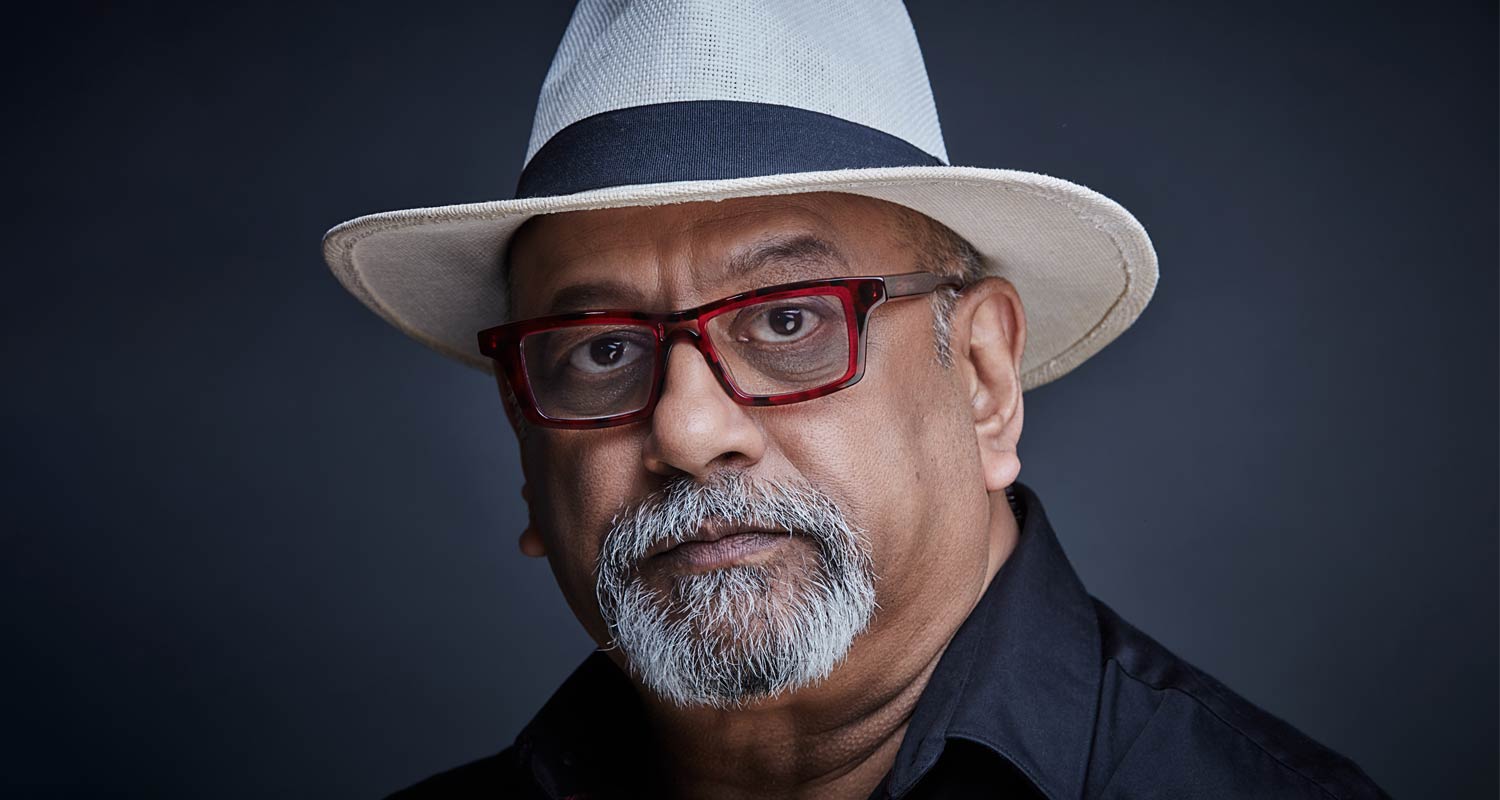 The SABC is looking for a partner to help it launch its own direct-to-the-home (DTH) satellite solution to rival eMedia’s popular Openview platform.
The SABC is looking for a partner to help it launch its own direct-to-the-home (DTH) satellite solution to rival eMedia’s popular Openview platform.
According to a tender bulletin on the SABC website, the public broadcaster is pivoting to satellite in an effort to mitigate audience and revenue losses anticipated as a consequence of the proposed analogue switch-off on 31 December 2024.
“The analogue switch-off project has been hamstrung by the slow progress of registering indigent households as well as the procuring, manufacturing and installation of the much-needed set-top boxes. As a result, millions of South Africans have been deprived of their right to access broadcast television,” the SABC said in the bulletin.
“The slow progress of the analogue switch-off project has had a material impact on the SABC’s finances as it resulted in a loss of audiences in the affected provinces, and a drop in revenue generation for the organisation.”
In the advertisement, the SABC said it is looking to partner with a service provider for a turnkey solution that will include:
- The uplinking of content to the satellite;
- Procurement and manufacturing of set-top-boxes needed to receive the signals;
- Distribution of these boxes to retailers; and
- The establishment and continuous operation of an aftersales service call centre.
The SABC does not want to bear any of the capital costs involved with implementing the project. As a result, it has offered to enter into a revenue-sharing agreement with the winning bidder – which is requested to propose a suitable revenue-share agreement as part of its bid – over the five-year period of the deal.
“The SABC will provide access to diverse audiences, investing in content and marketing on the SABC platforms. The bidder is expected to cover the capital/cost of the turnkey solution,” it said.
Zapper and Hybrid boxes
The broadcaster has stipulated two types of set-top-boxes needed for the project: a low-cost “Zapper” for the entry-level market and a premium “Hybrid” box capable of internet streaming. The SABC requires a 36MHz Ku-band transponder, on Intelsat’s IS20 satellite, which is also used by Openview and DStv. This means users may not need a second satellite dish, or to point their existing dish in a different direction.
Digital terrestrial television, the proposed replacement for analogue broadcasting in South Africa, appears to be failing before it’s even got off the ground. eMedia, for one, has said it’s dead in the water. Its lacklustre implementation has taken so long that broadcasting technology in other markets has moved onto newer technologies.
Read: DTT has failed in South Africa – now scrap it, says eMedia
“The actual state of DTT in this country leaves much to be desired – instead of taking broadcasting to a new level. Maybe 10 years ago we could have done something to ensure that DTT could survive, [but] there has been a laziness to the process — and we are now at a point where DTT is archaic, expensive and will not work because television has evolved,” eMedia CEO Khalik Sherrif told communications regulator Icasa’s inquiry into the review of the digital migration regulations of 2012, which was held in Pretoria in June.
Sherrif argued that newer broadcasting standards such as Hybrid Broadcast Television and 5G Broadcast have overtaken DTT, and South Africa would be better off leapfrogging DTT.

Others, like MultiChoice, still see DTT as a viable evolution towards newer digital broadcasting standards for South Africa, but the DStv parent is wary about how DTT in South Africa will be implemented. For MultiChoice, the provision of sufficient spectrum to allow broadcasters to deploy compelling DTT offerings was a key issue raised at Icasa’s inquiry.
“This will hopefully allow DTT operators to build commercially viable DTT bouquets, including the provision of HD channels. The mechanics of how this spectrum will be allocated and licensed is one of the key issues that must be addressed in this inquiry,” MultiChoice said in a written submission.
The SABC took a similar tone in its tender bulletin, arguing that DDT “in its current form is very limiting for the SABC and will not allow the organisation to grow the number of channels or be in control of its destiny”.
Satellite, on the other hand, has seen greater adoption among South African households across all income bands, and the SABC now wants in on the action.
“The broadcast digital migration policy promoted DTT as the primary solution for digital migration and DTH as a gap filler for households outside the DTT coverage areas. Today, however, a cursory study of reception devices at most households, even those in less privileged neighbourhoods, will reveal that there has been a much larger uptake of the DTH satellite platform,” the SABC said. – © 2024 NewsCentral Media




